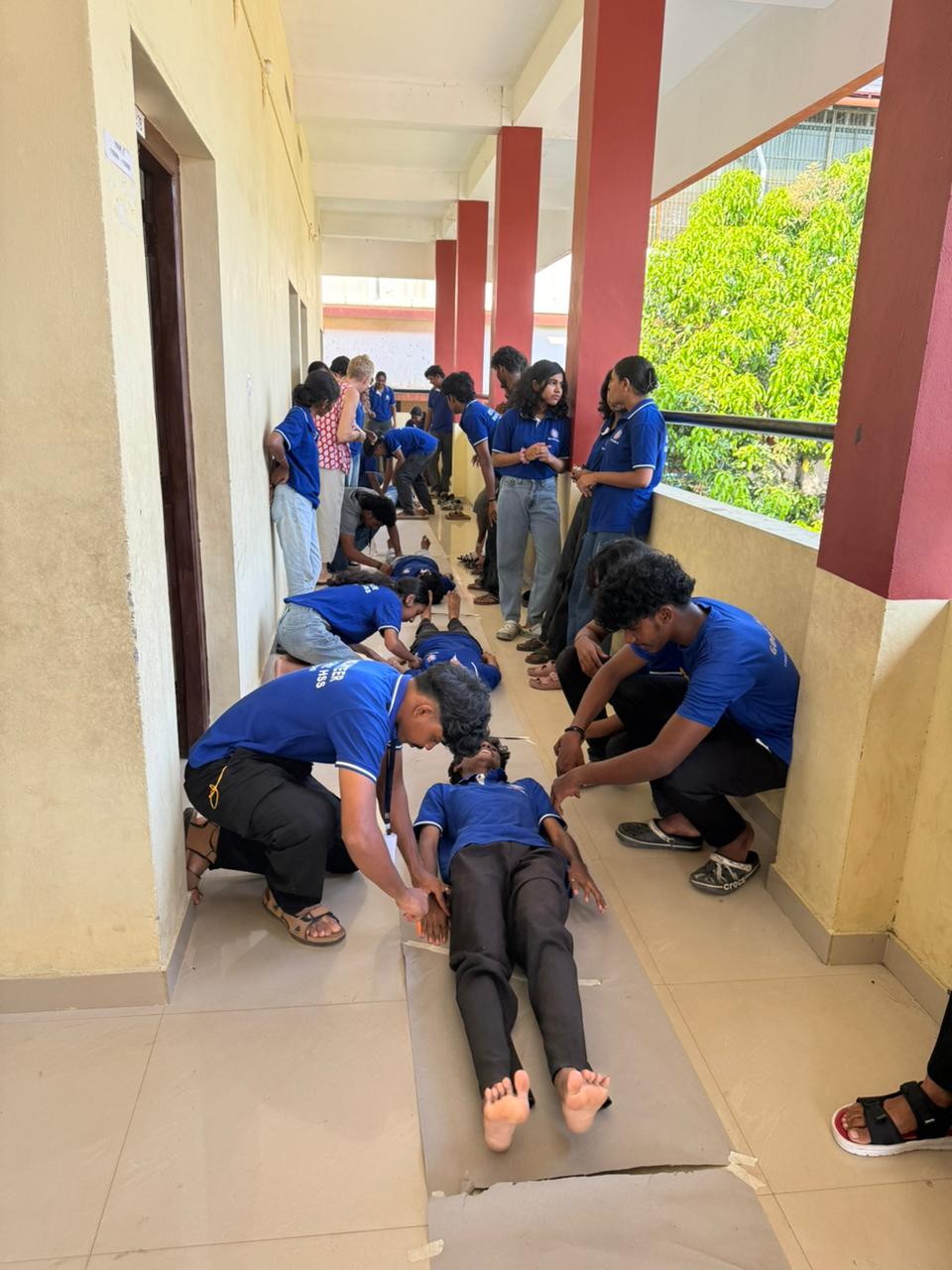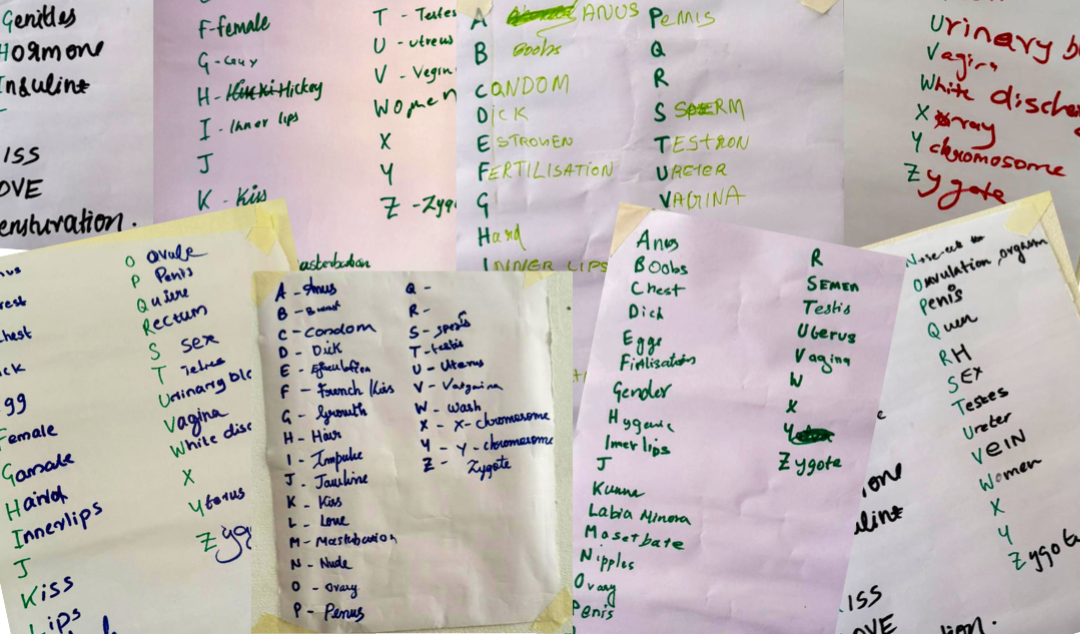In my opinion, the best way to talk to kids about sexuality is honestly, simply, at the right time (age-appropriately), and with a little bit of humour.
Although this is an important conversation, it doesn’t have to be overly serious or embarrassing. Yes, kids might giggle at the first mention of words like "penis" or "breasts," but once we dive into detailed diagrams and explanations, they typically sit with wide eyes and open mouths, completely engaged.
Last week, we had the privilege of conducting two sessions for 16-year-olds at two different schools as part of NSS camps, reaching a total of 101 students. The kids were incredibly welcoming and excited to have us. After setting up our slideshow, we were greeted with the honorary NSS claps, and introductions were made.
We kicked off with an activity: splitting the students into eight groups, divided by gender. Each group received a long piece of paper taped to the floor. One person from each group lay down on the paper while another traced their outline. Then, the boys swapped outlines with the girls and were tasked with drawing and labelling the body parts, including private parts.

During this activity, my colleague Thara and I moved around the room, answering questions and observing their discussions. Afterward, the groups got to examine each other’s “artwork”, which sparked plenty of chatter. By the time we returned to the classroom, the energy was buzzing, and we had their full attention.
The next segment covered the reproductive system in detail, including private parts, body shaming, and puberty. We also explained what boys experience to the girls and vice versa—because while they often understand their own changes, they rarely have detailed insight into what the opposite sex goes through. We also discussed masturbation, addressing it openly and honestly.
Our second activity was another team challenge. We wrote A-Z on chart paper and asked each team to write as many words as possible, one for each letter, related to the body, gender, sex, or relationships. Words could be in English or Malayalam, using formal terms or slang. The room filled with laughter as the kids embraced the freedom to express themselves without judgment.

The second part of the session focused on emotions, feelings, attraction, gender, healthy vs. unhealthy relationships, crushes, dating, boundaries and consent, legal considerations around sexual activity, child sexual abuse, pregnancy, contraceptives, and pornography.
We incorporated another activity: This or That, a version of Would You Rather. Students lined up side by side, facing the same direction. For each pair of options—like "idli or dosa" or "books or movies"—they stepped forward if they chose the first option or backward if they chose the second. No explanations were required, and choices ranged from light-hearted ("tea or coffee") to reflective ("rich or happy," "married or single," "go to college or get a job"). The exercise offered some insight into how individuals make decisions and whether they follow the crowd or dare to stand up and stand out.
By the end of the session, we left behind groups of sleepy but happy teens. Sleepy, because their beds for the week had been on floors and tables. Happy, because they felt seen and heard—or at least, that’s what we observed.

